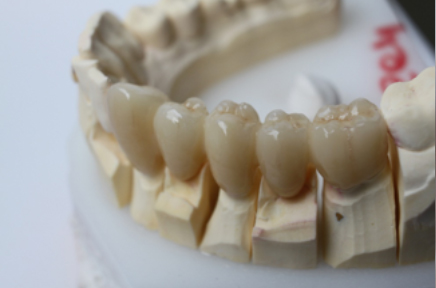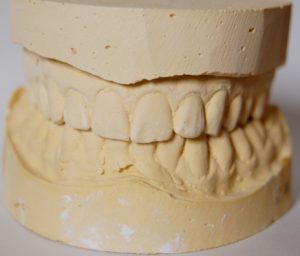Overview
All About Cercon Crowns: What They Are, How They’re Made What is Cercon ?Cercon is Zirconia (zirconium dioxide) which is a white, powdered metal oxide. Like other common dental crown materials, it is a ceramic. Cercon is made from zirconium, a metal with similar properties to titanium. Zirconium makes a good choice for dental material because it is chemically unreactive.
Zirconia has many properties that make it a good choice for dental crown material. Some of these beneficial properties include:
- A natural, white color.
- High hardness.
- High fracture toughness (zirconia is difficult to crack).
- Resistance to wear.
- Resistance to oxidation.
- No chemical corrosion.
- Translucent appearance when sintered (baked).

Zirconia crowns have grown more popular over the past few years — for good reasons. They’re extremely durable, and match the look of natural teeth well. Despite the hype, most patients do not know much about this type of dental crown. And some dentists hesitate to adopt it because they distrust hype, and they are comfortable with long-tested and understood materials such as porcelain and gold.
Benefits of Cercon Crowns
Because of these properties, cercon offers many benefits to patients as a dental crown material:
- Resemble natural tooth enamel due to their color and translucence.
- Do not require a metal base.
- Do not require as much of the original tooth be removed as with other types of crowns.
- Resist staining better than acrylic or composite ceramic crowns.
- Are biocompatible (they are safe to stay in the mouth a long time).
- Resist hot and cold temperatures well. Thus, they reduce the frequency of hypersensitivity associated with other types of crowns.
- Are extremely durable. Cercon is about five times stronger than porcelain. Because of this, it might be a better choice for patients who have had problems with other crown material or who have problems with grinding their teeth, excessively chew their gums, bite their nails, etc.
The process of making cercon crowns is far less complicated than the process for metal crowns. It starts at the dental office. First, the dentist makes an impression of a patient’s teeth. The dentist then sends this impression to a lab, where a technician pours die into the impression to make a mold of the teeth. The technician then cuts the mold into sections and scans it using a laser, red lights, or blue-light technology. Afterward, they upload the scan into a computer with CAD software that designs the crown. The technician may design the crown, as well.
After the designing you cercon crown is milled with the highest precision machines in the dental laboratory.
After the crown is milled, technicians may add coloring to the crown. After this, they sinter it. Sintering refers to the process of baking a material at a very high heat (between 2730°F and 2910°F) in order to harden it.
Once the sintering is finished, the dental technician textures, smooths, and glazes the crown. At this point, it is ready for the dentist to fit it in your mouth.

